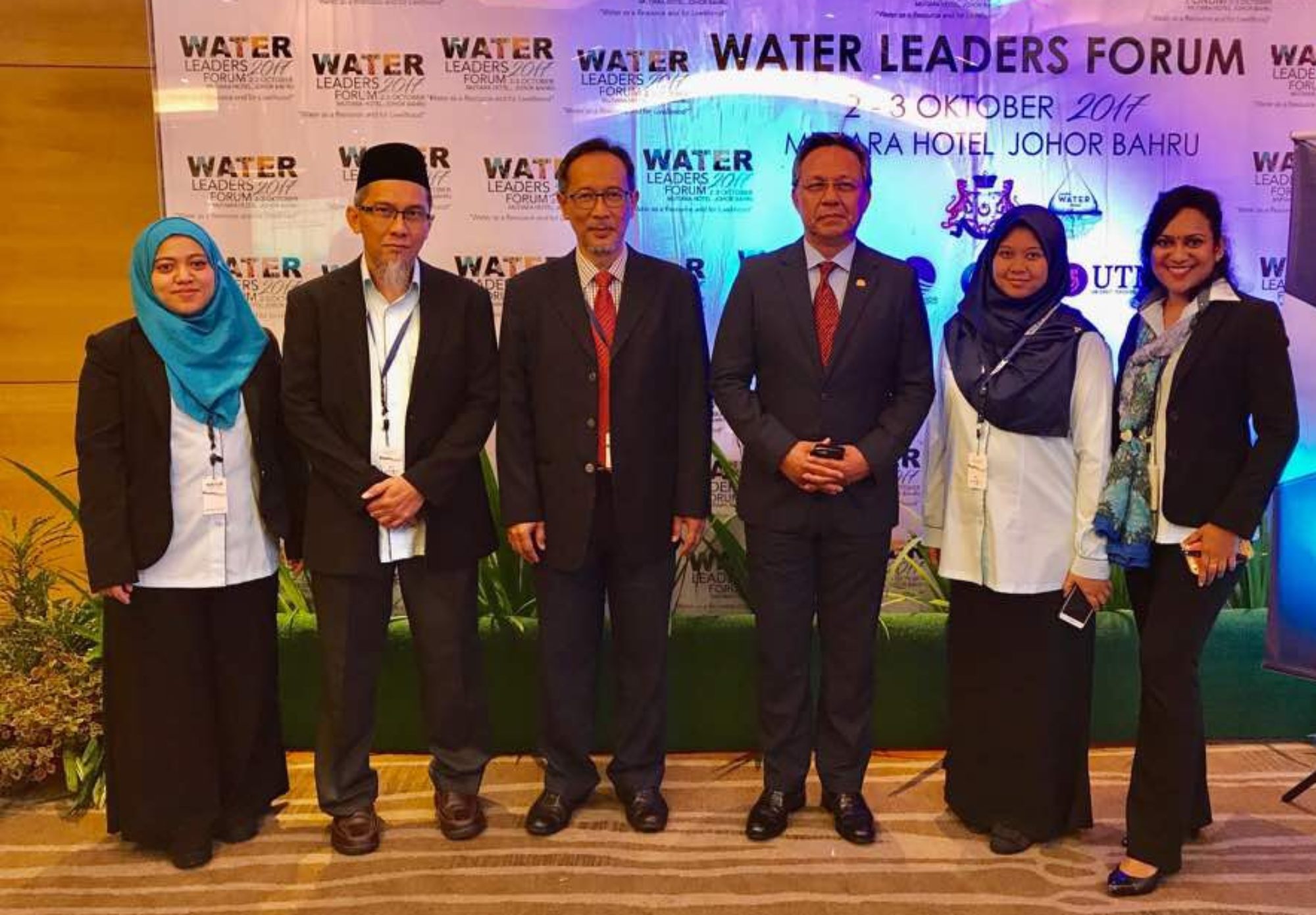Briefly sharing about my research passion, on environmental forensic – also known as multi proxy sediment fingerprinting approach.
Sharing briefly about the approach and the way forward. Apart working with sediments, my research focus is also on River, water Quality and indexing. My love to the rivers and environment.

For those whom could not make it for the talk, herewith sharing the recording of the session.
Pls feel free to contact me to discuss more about my scope, research interest and perhaps we could discuss more about how would could collaborate?
thanks for your time !!





